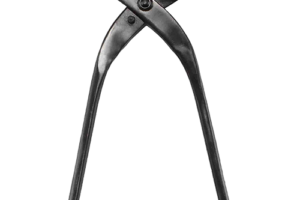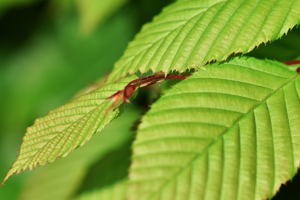YouTube
How to Create a Bonsai with Movement : Wiring a bonsai tree trunk
Bonsai Wiring
Bonsai wiring is an important technique used to shape and train bonsai trees. It is a process that involves wrapping copper or aluminum wire around the branches and trunk of a bonsai tree in order to manipulate its growth direction. This technique is used to create the desired shape and style of the bonsai tree, and it is an essential part of the bonsai art form.
The process of bonsai wiring begins by selecting a tree that has the potential to be shaped into the desired style. This is typically a tree with flexible branches that can be easily bent without breaking. Once the tree is selected, the wiring process can begin. The wire is wrapped around the branches and trunk of the tree, with the goal of manipulating the tree’s growth direction. It is important to use the proper gauge wire, with thicker wire being used for thicker branches and thinner wire for thinner branches.
The wire is then carefully bent and shaped to create the desired style. The wire should be wrapped tightly, but not so tightly that it cuts into the bark of the tree. The wire should also be wrapped in a spiral pattern, starting at the base of the branch and working upwards. This helps to distribute the pressure evenly and prevent the branch from breaking.
It’s important to keep in mind that bonsai wiring is a gradual process. The tree should be wired over a period of several weeks or months to allow it to adjust to the new shape. The wire should be checked regularly and adjusted as needed. As the tree begins to grow, the wire will begin to cut into the bark and will need to be removed before it causes damage.
When the tree has grown into the desired shape, the wire can be removed. This is typically done by carefully cutting the wire, starting at the base of the branch and working upwards. The wire should be removed slowly and carefully to prevent the branch from springing back and causing damage.
Bonsai wiring is a technique that requires patience and practice. It’s important to be gentle when working with the tree and to take the time to shape it into the desired style carefully. It is also important to be aware of the tree’s needs and to remove the wire before it causes damage.
It’s also important to wire at the right time of the year. Wiring should only be done when the tree is actively growing, typically in the spring or early summer. This will allow the tree to recover quickly and continue to grow into its new shape. Wiring during the dormant season can damage the tree.
It’s also important not to over wire the tree as this can cause damage to branches or even the trunk. Over wiring can also cause the tree to become unstable and can lead to the tree falling over.
In conclusion, bonsai wiring is an essential technique for shaping and training bonsai trees. It is a gradual process that requires patience and practice, but with the right approach, it can be used to create beautiful and realistic miniature trees. Remember to wire during the right time of the year and to not over wire the tree to avoid damage. By following these guidelines, you’ll be able to create stunning bonsai trees that are true works of art.
Using wire for bonsai was first mentioned in 1910 in Sanyu-en Bonsai-Dan[1] (History of Bonsai in the Sanyu nursery).
Zinc-galvanized steel wire was initially used after World War II. Currently, playable annealed copper or aluminum is most commonly used. There is no reason that any bendable wire cannot be used for bonsai wire.
Expensive copper wire was only used for trees that had real potential[2].
[1] “The Books on Bonsai and Related Arts, 1900 – 1949”. Magical Miniature Landscapes.
[2] Yamada, Tomio (2005). “Fundamentals of Wiring Bonsai.” International Bonsai (4): 10.







Leave a Reply
Your email is safe with us.
You must be logged in to post a comment.